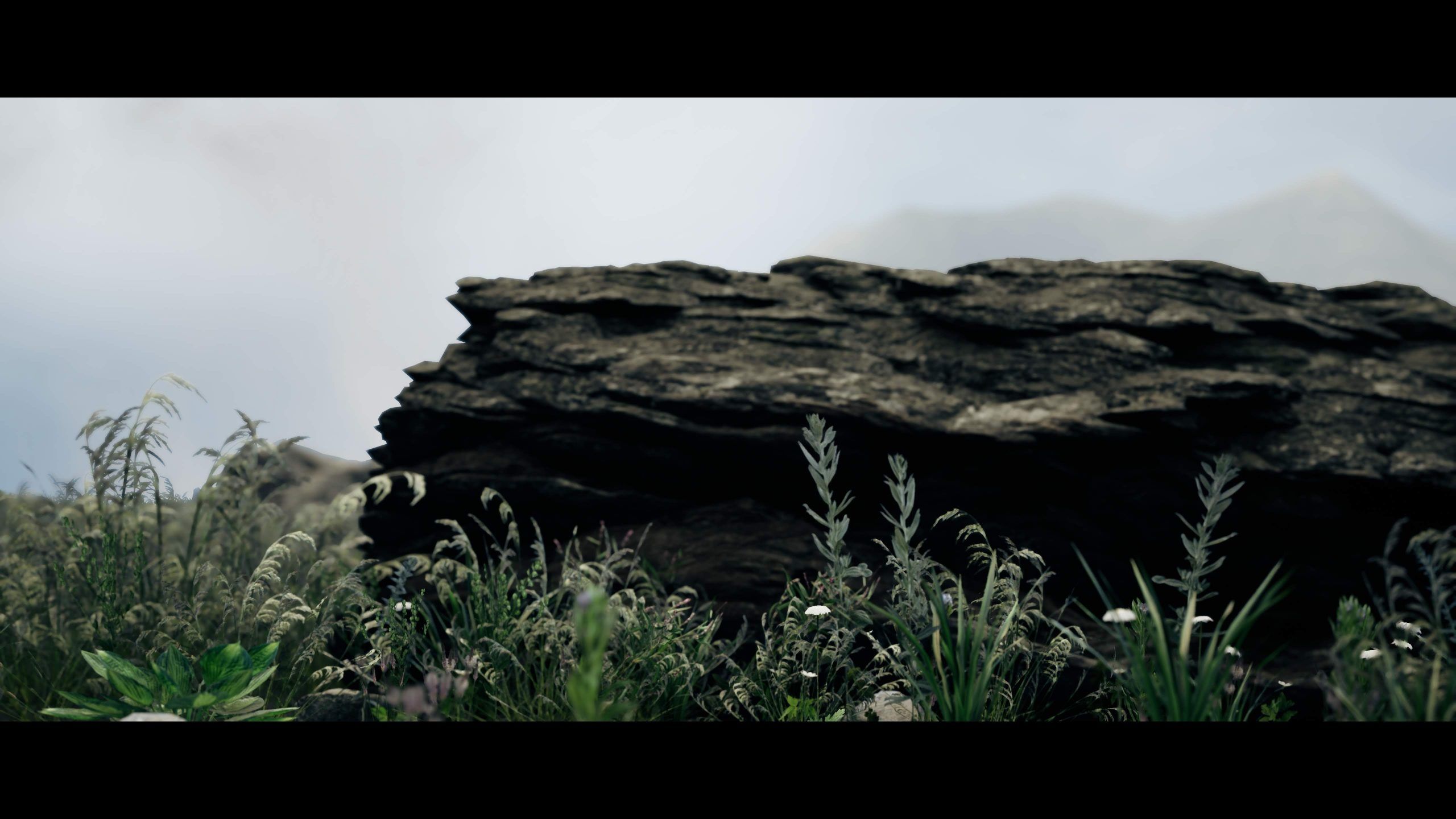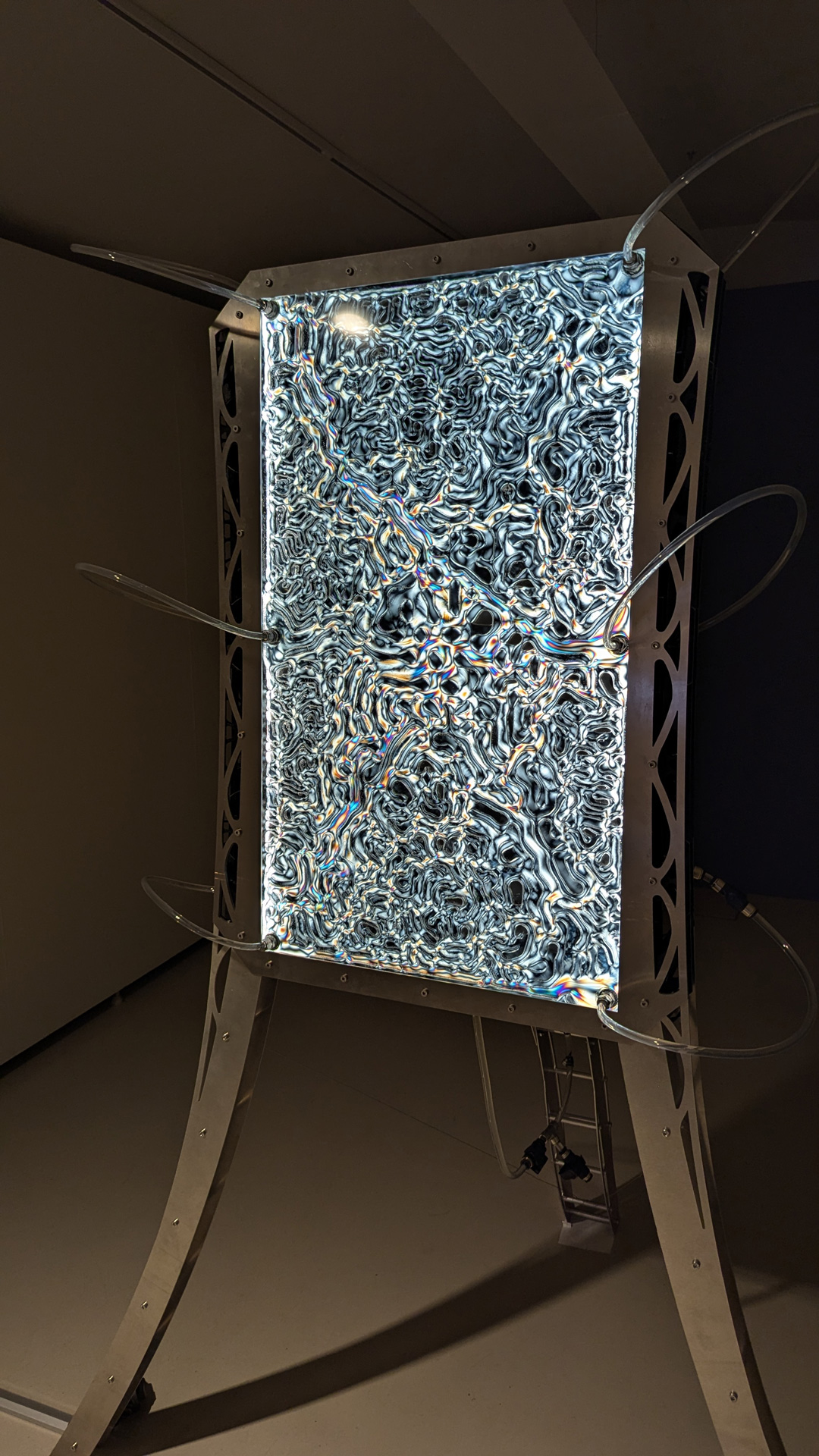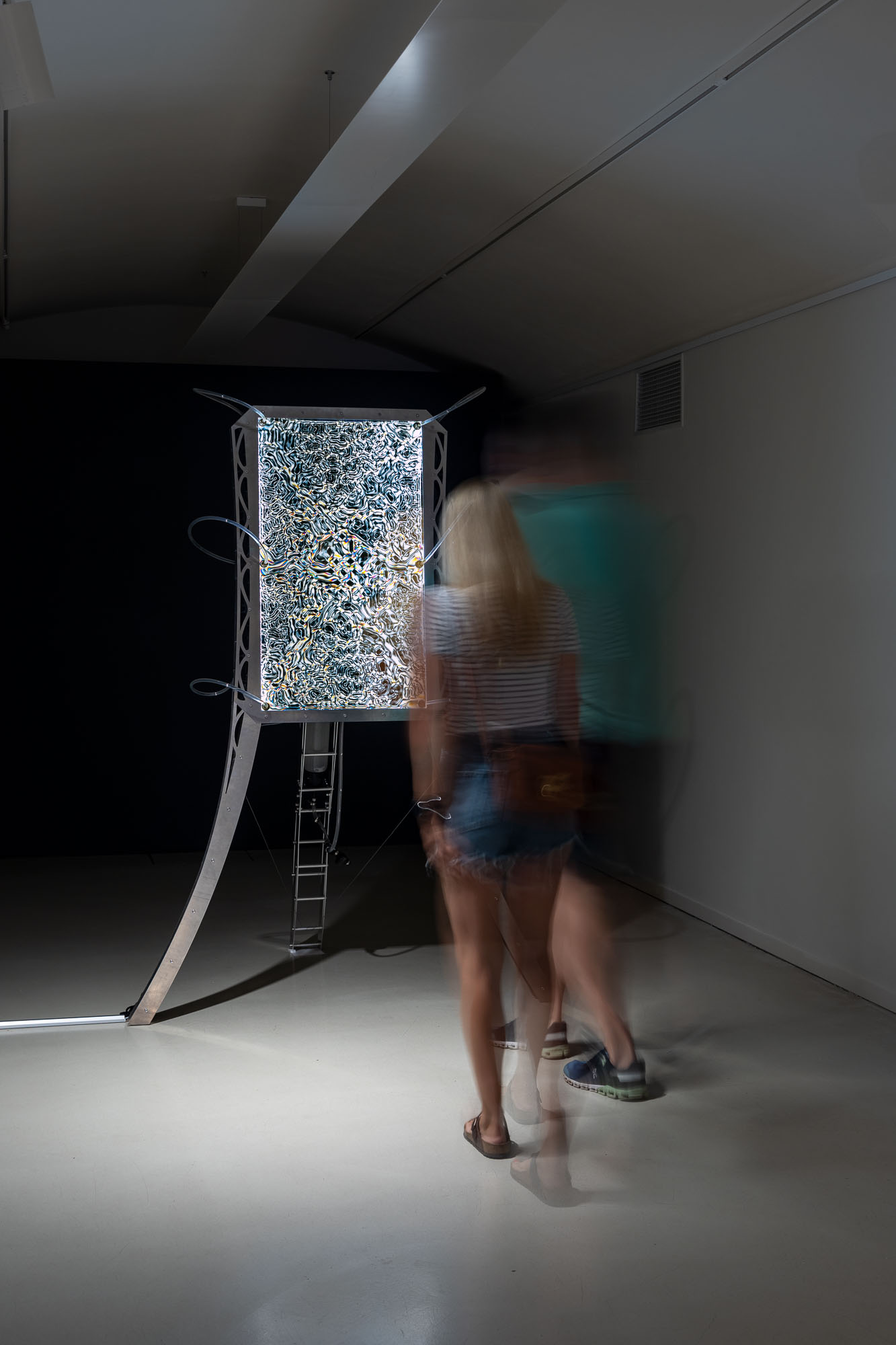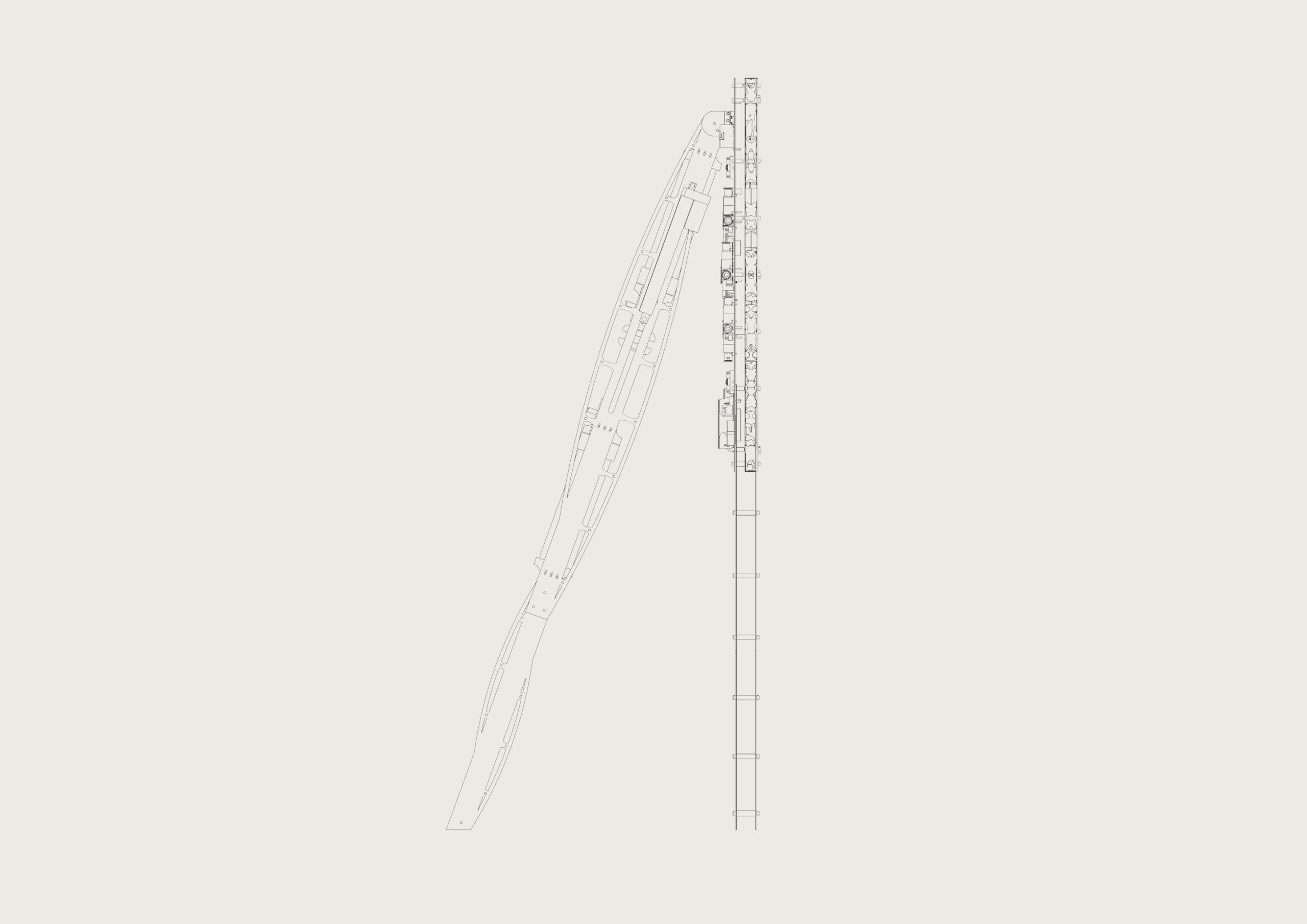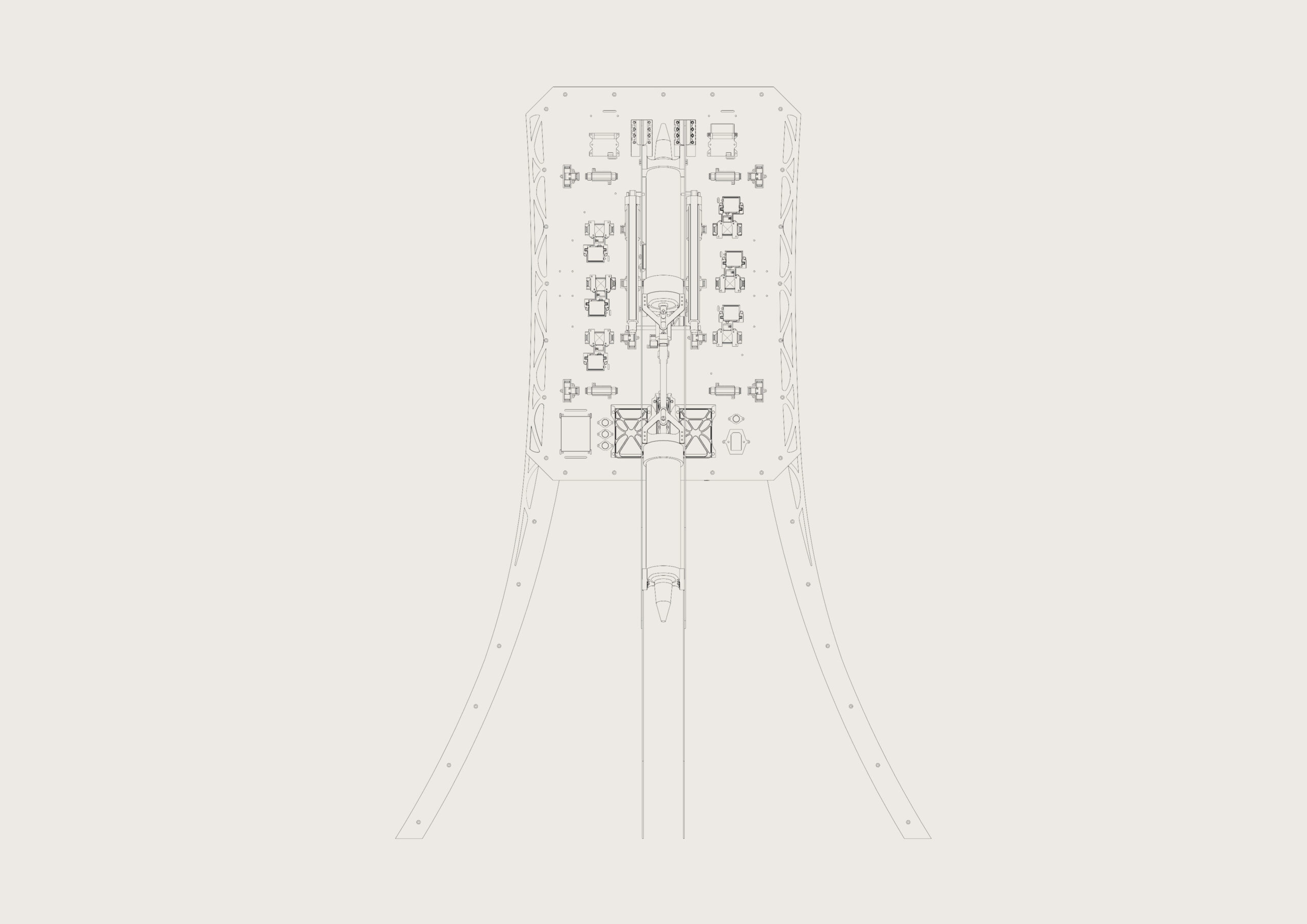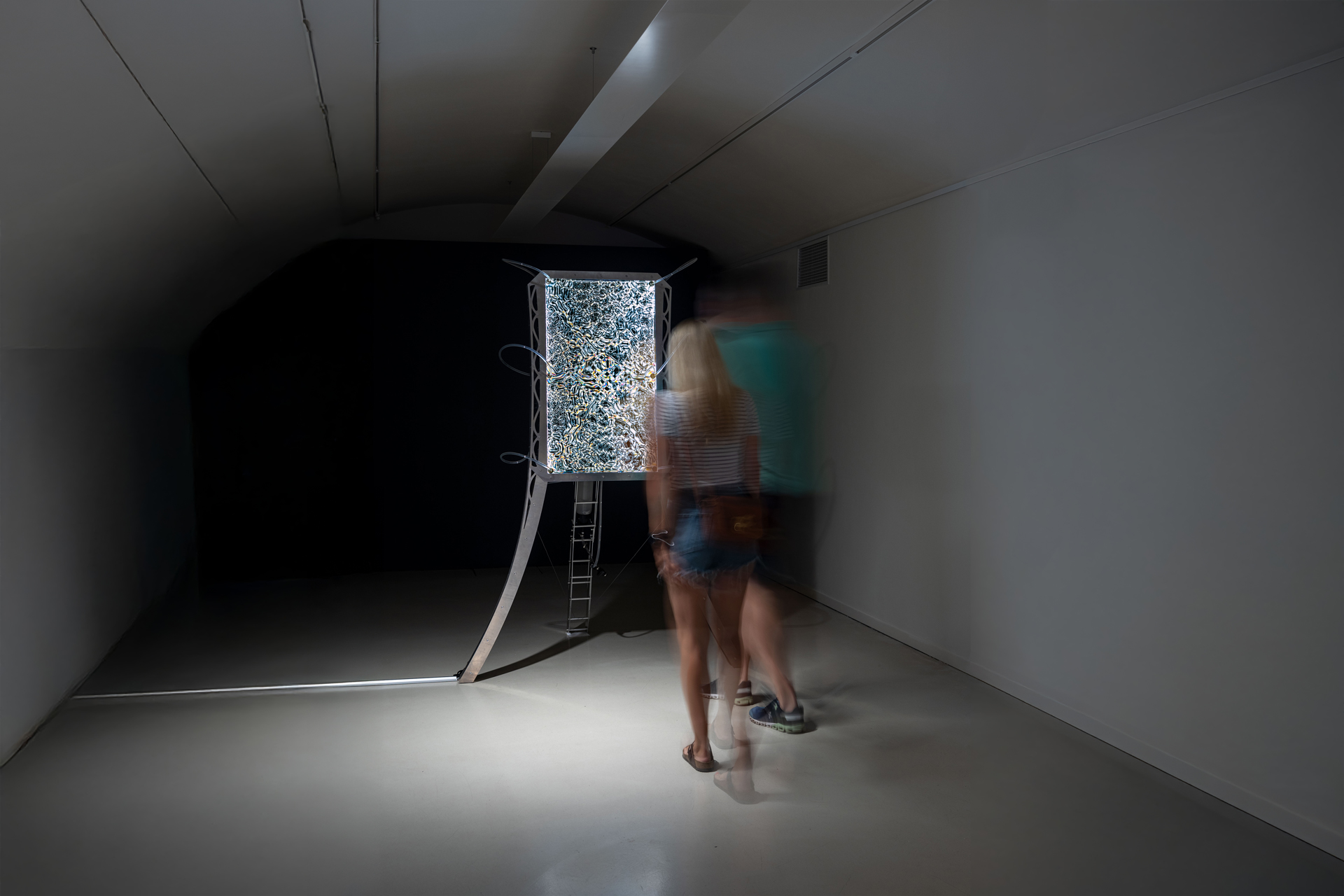
Mutatio Superstratum
Mutatio Superstratum Mutatio Superstratum is a transmedial sculpture that, through continuous monitoring of electromagnetic fields, reveals invisible flows connecting virtual infrastructure with human perception. The work is not merely a visualization of data; it is a fluid, organic experience where virtual forces and human senses form a new hybrid space. Electromagnetic waves generated by nearby technologies are captured and transformed through the sculpture, materializing what would otherwise remain beyond ordinary perception. Mutatio Superstratum thus explores the liminal boundaries between the visible and the latent, between reality and its virtual extensions.
The fundamental medium of the work is Spektraflux, a substance whose anisotropic structure responds to electromagnetic impulses by altering the refractive index of light and the color patterns of the sculpture. This process of color transformation is not just a visual phenomenon but an expression of metamorphosis, where virtual flows shape the physical presence of the piece. The dynamics of the captured signals generate ever-changing visual patterns that provoke questions about the nature of space as we perceive it: is space a stable entity, or is it continuously reshaped by unseen virtual forces?
This performative aspect of the work invites deeper questions about subjectivity and ontology within the dissolving boundary between the physical and virtual worlds. The viewer becomes part of this process—their own technological devices, which generate electromagnetic waves, interact with the piece and influence its transformation. The interaction between the viewer, the sculpture, and the environment thus reveals more than just an aesthetic experience; it exposes the complex network of relationships and mutual influences between the body, technology, and space, where every movement, every signal, is also a participation in the creation of virtual reality.
The philosophical depth of Mutatio Superstratum touches upon concepts from experimental thought, as developed by Reza Negarestani, whose philosophical speculations on cybernetic systems and virtual structures offer a new way of thinking about the relationship between technology and ontology. Negarestani views technological systems not merely as tools but as active, autonomous forces reshaping the very foundations of reality and subjectivity. In this spirit, Mutatio Superstratum is not just a reflection on the technological environment but an experiment that suggests reality is not fixed, but continuously renegotiated through interactions between virtual and physical layers.
The installation at the Regional Gallery in Liberec, therefore, does not function as a closed aesthetic object, but as a process where the boundaries between the viewer, technology, and space are constantly shifting. Mutatio Superstratum forces us to question whether we are mere passive receivers of virtual signals or whether we are becoming part of a broader network that transcends traditional understandings of subject and object. The sculpture not only makes the invisible visible but disrupts our conception of a stable reality—the world we live in is an endless series of mutations and constant rewriting, where virtual layers define both our everyday experiences and the very ontological foundations of existence.

